Frøken Jensens Kogebog – Miss Jensen’s Cookbook
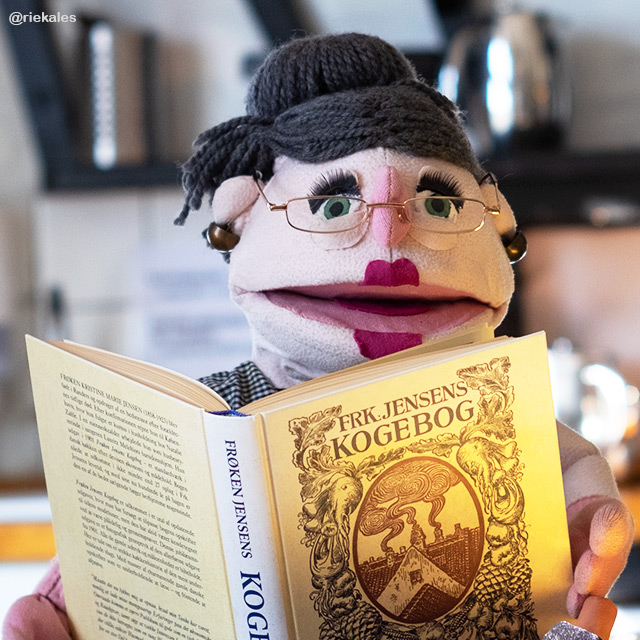
Are you missing inspiration in your kitchen? Grandma Sita wishes to inspire everyday meals by looking at traditional food from another point of view keeping alive vegetarian recipes from Frøken Jensens Kogebog, a Danish cookbook that has been popular for its traditional recipes since its publication in 1901 by Gyldendal publisher. Remember, old cookbooks are a great way to really get a taste of the cuisine of any country. Most recipes can be made plant-based by substituting animal ingredients with plant alternatives.
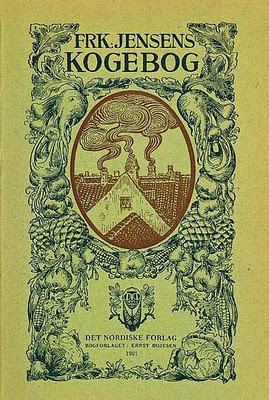
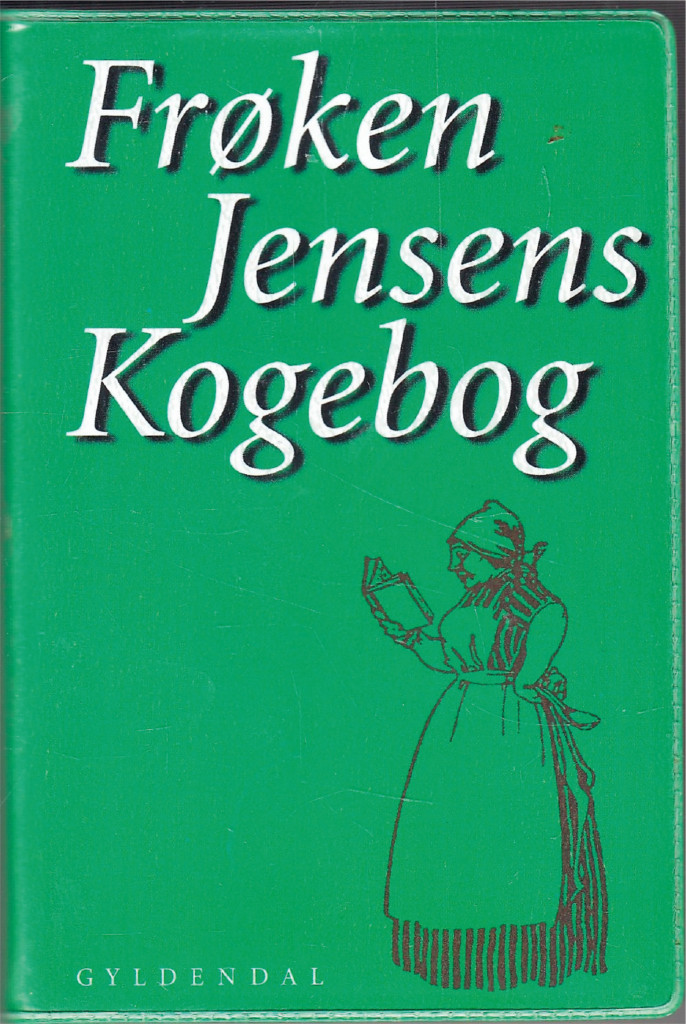
Most Danes know Frøken Jensens Kogebog, but the person behind the cookbook is virtually anonymous. Kristine Marie Jensen (1858–1923), better known in Denmark as Frøken Jensen, was a Danish housekeeper and cookbook writer. She is remembered in particular as the author of Frk. Jensens Kogebog has been popular for its traditional recipes since its publication in 1901.
The popularity of Frøken Jensens Kogebog is in part a result of the interest in gastronomy in 19th-century Denmark at a time when wholesome ingredients had not yet given way to the effects of industrialization. Frøken Jensens Kogebog has been reprinted dozens of times and new editions can be found in most Danish bookshops today. When Danes prepare meals for special occasions, for example at Christmas time, they frequently follow Frøken Jensen’s detailed descriptions. The cookbook, which was reprinted 27 times during Jensen’s lifetime, is to be found in almost every Danish kitchen to this day. In Denmark, the only Danish author to have outsold her is Hans Christian Andersen. Over a million copies of the work have now been sold.
BIBLIOGRAPHY
- Frøken Jensens Kogebog (Miss Jensen’s Cookbook, 1901)
- Frøken Jensens Syltebog (Miss Jensen’s Pickling Book, 1902).
- Five o’clock tea, 1902 (which contained a number of bread and cake recipes she had brought back from England).
- Hvad skal vi ha’ til Middag (What should we have for Dinner, 1903).
- Husholdningsbog (Housekeeping Book, 1904).
- Grønt- og Frugtretter (Vegetable and Fruit Dishes, 1906).
- Sommer- og Vinter Dessert (Summer and Winter Desserts, 1916).
- Svampe paa 100 Maader (Mushrooms in a 100 Ways, 1916).
All books are edited by Gyldendal – Denmark’s oldest publisher.
BIOGRAPHY
Born on 17 July 1858 in Randers, Jensen was the daughter of Christian Jensen, a haulier, and Petrine Sørensen. Orphaned at the age of seven, she grew up in the care of her grandmother. On leaving school, she went to Copenhagen where she took a course at N. Zahle’s School before spending a year in England.
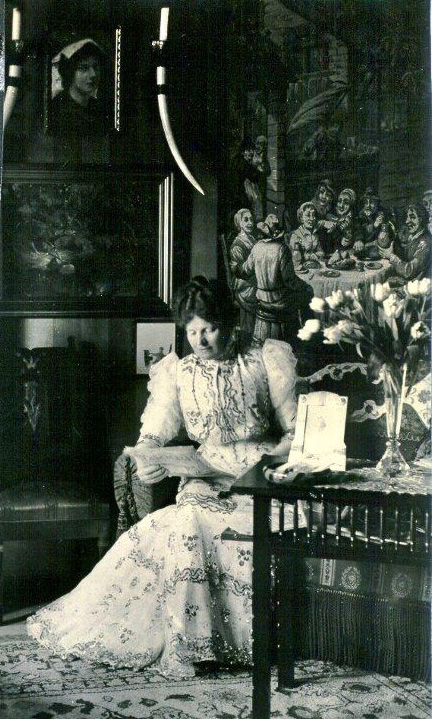
In 1890, she became a housekeeper for Jørgen Conradt Melchior, a recently widowed headmaster with five children. The family lived in Copenhagen’s Nørregade, close to Melchior’s school. When the school ran into difficulties and closed in 1908, Jensen remained as part of the family, acting as a foster mother for the youngest son, Lauritz Melchior. Partly thanks to her support for his singing lessons, he was later to become a world-famous opera star.
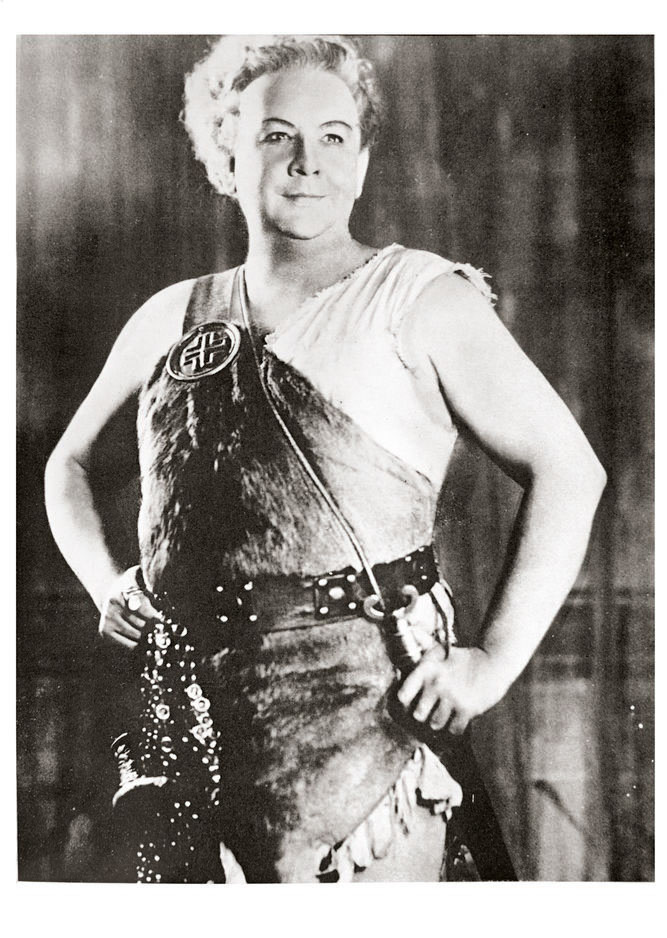
- DID YOU KNOW…
Frøken Jensen was by no means the first Dane to author a cookbook.
- As early as 1837, Anne Marie Mangor (1781–1865) had published her Kogebog for smaa Husholdninger – Cookbook for Small Households.
- Inspired by French and international dishes, the Copenhagen restaurateur, Louise Nimb (1842–1903), wrote the highly successful Fru Nimbs Kogbog in 1888.
- At the beginning of the 1990s, writing under the pseudonym of Fru Constantin, Mathilde Muus (1852–1935) was also beginning to publish her recipes in housekeeping journals.
